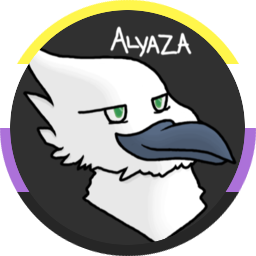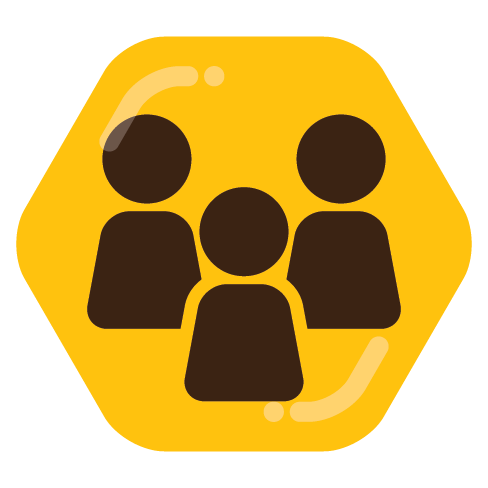Today the Baniwa live in off-grid communities far from universities, libraries, and cities, with only limited internet access that arrived about three years ago. In the northwest of the Brazilian state of Amazonas, their villages lie within a vast mosaic of Indigenous lands accessible only with special permission from tribes and the federal government—a system put in place to safeguard Indigenous groups and help them maintain their sovereignty. Traveling to Nazaré from the closest town, São Gabriel da Cachoeira, requires a 5- to 10-hour journey on a motorboat.
In the nearly two centuries since [British naturalist Alfred Russel Wallace]’s expedition, only a few other naturalists and scientists have visited the area. Like him, they sought out local knowledge to make valuable observations but didn’t leave behind a record of what they had learned. Now, spurred by a rediscovery of Wallace’s historic visit, the Baniwa are leading a communal effort to survey local birds and document cultural traditions at risk as modern influences mount. But this time, they’re doing so on their own terms.
Dzoodzo Baniwa, an Indigenous leader and teacher from a nearby Baniwa community, learned about Wallace’s legacy while visiting Nazaré. Another teacher there had told Dzoodzo about a book, given to him by a researcher decades earlier, that mentioned birds from the region. It was the account of Wallace’s journey, A Narrative of Travels on the Amazon and Rio Negro.
As he read the book, Dzoodzo was struck by Wallace’s descriptions of Indigenous practices that are disappearing among younger generations, such as using zarabatanas, blowguns for shooting animals with poisoned darts. But mostly he was surprised by the fascination that Wallace, like the Baniwa, had with birds—especially the galo-da-serra.
The idea of resurveying local birdlife began forming in Dzoodzo’s mind. It took firmer shape when Damiel Legario Pedro, then president of Nazaré’s Indigenous association, mentioned to him that residents were afraid that the cock-of-the-rock population might be declining: It seemed to be harder to find nests. Dzoodzo, who travels and works often with outside groups (and who also goes by the Portuguese name Juvêncio Cardoso), proposed reaching out to non-Indigenous researchers to help the Baniwa document their local wildlife, as Wallace had done almost 175 years before.
Camila Ribas, an ecologist focused on birds at the National Institute for Amazonian Research in Manaus, remembers the day in 2019 when Dzoodzo knocked on her office door and asked her to collaborate. “It was a very unusual visit,” she recalls. Although most of the Indigenous population in Brazil lives in the Amazon, it’s still uncommon for natural science researchers studying the forest to partner with them, Ribas says. She accepted the invitation right away; the area where the Baniwa live, within Cabeça do Cachorro (“Dog’s Head”), is one of the most preserved and understudied parts of the forest. “It is a sample void,” says Ribas. “We know very little about the biodiversity there.”
After several long meetings with the researchers in Nazaré, the community decided to move forward with a survey. They also elected to create a bird guide that would list each species’ scientific name, Portuguese name, and name in two Indigenous languages. “Most of the books we have are in Portuguese,” says Pedro, who teaches in the village’s school. “What we really wanted was a book in our language.”


